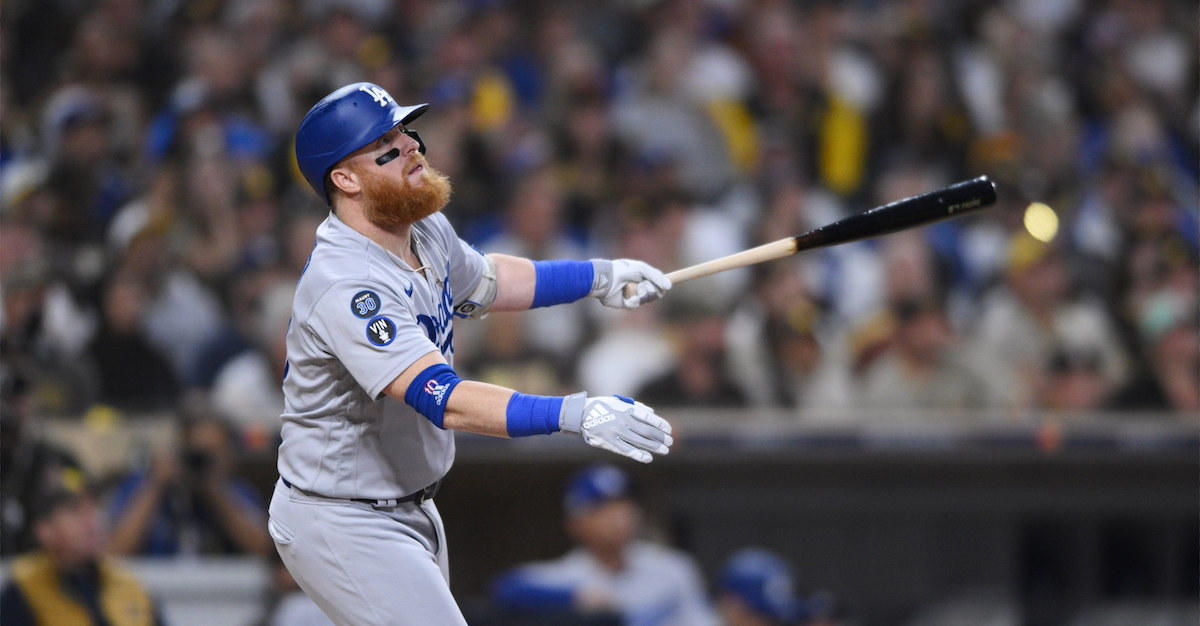The Absurdly Preliminary 2023 ZiPS Projected Standings

These 2023 projections are guaranteed to be awful, wrong in many ways ranging from tragic to comic. But despite being absolutely premature and littered with horrible misses, projected standings at this point are actually quite useful, and useful is the best description any kind of predictive model can strive for. Standings at this point are a poor predictor of the 2023 season — and even the eventual 2023 projections themselves — but what they are able to do is give a “state of the union” estimate for each team. These standings represent the best estimates ZiPS can make at this point about where a team sits in the league’s pecking order, based solely on the players currently under contract with the team. It’s hard to get where you want to go if you don’t know where you’re starting.
The methodology I’m using here is the same one I use in the regular season, and as such, it isn’t identical to the one we use in our Projected Standings. So how does ZiPS calculate the upcoming season? Stored within ZiPS are the first through 99th percentile projections for each player. I start by making a generalized depth chart, using our Depth Charts as an initial starting point. Since these are my curated projections, I make changes based on my personal feelings about who will receive playing time, as filtered through arbitrary whimsy my logic and reasoning. ZiPS then generates a million versions of each team in Monte Carlo fashion — the computational algorithms, that is (no one is dressing up in a tuxedo and playing baccarat like James Bond).
After that is done, ZiPS applies another set of algorithms with a generalized distribution of injury risk, which change the baseline PAs/IPs selected for each player. Of note here is that higher-percentile projections already have more playing time baked in than lower-percentile projections before this step. ZiPS then automatically “fills in” playing time from the next players on the list (proportionally) to get to a full slate of plate appearances and innings. Read the rest of this entry »

